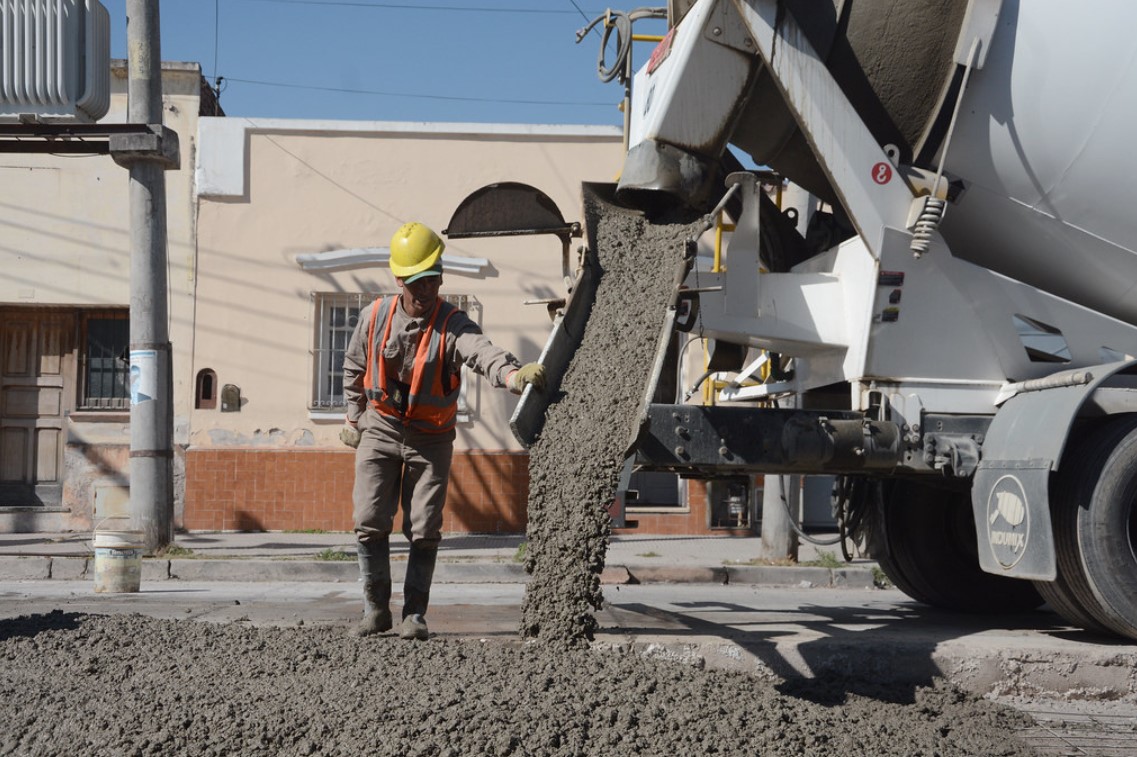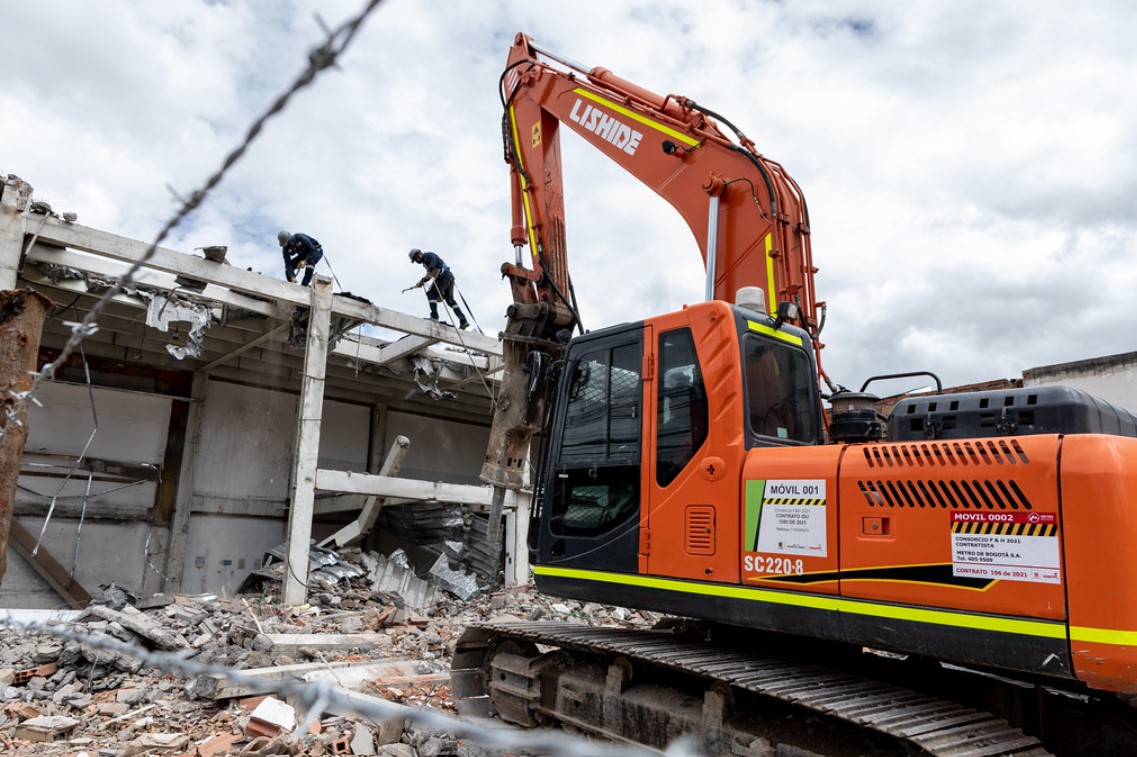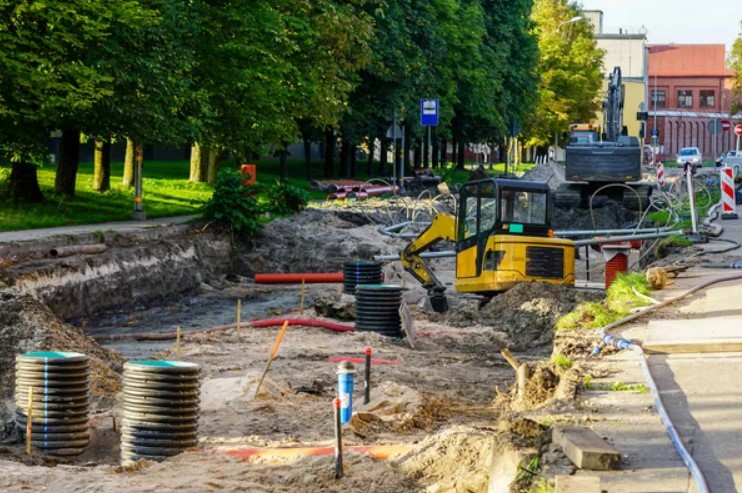The acceptance of an urbanization by the City Council of a municipality is the administrative act by which it assumes ownership of a specific urbanization of said municipality, which until then had been privately owned.
Prior to acceptance, the Owners’ Association of the development must rectify any deficiencies it may have. Once the adaptation and improvement works have been completed and the development is in suitable condition, the City Council will assume responsibility for its maintenance and provide the corresponding public services, such as:
-
- Road maintenance (roadways and sidewalks)
- Lighting
- Sewerage
- Supply of utilities (the City Council must guarantee access to drinking water, and indirectly must facilitate access to electricity and gas by approving connection works to the main network, for example, even though it does not have a direct obligation to supply electricity and gas, since that responsibility as such falls on the distribution and marketing companies)
- Garbage collection
- Street cleaning
- Access to population centers
In return, the transfer will require the inclusion of the designated public land in the Municipal Inventory of Assets and its registration in the Land Registry in favor of the City Council. This will also mean that the City Council will be able to invest in the development and grant building permits and occupancy licenses, as the land will form part of the municipal property. For the same reason, the development will also be eligible for public subsidies.
In the event that the Community of Owners is interested in taking charge of the management of certain services (for example, the maintenance of the green areas near the urbanisation), without prejudice to the municipal ownership thereof, an urbanisation agreement may be established by which the collaboration between the City Council and the urbanisation is agreed in matters of conservation, maintenance and management of certain services, establishing for this purpose a Conservation Entity.
The cost of the works is shared among the landowners (residents), who have a legal obligation to assume the urbanization costs as a real burden through the payment of urbanization fees to cover the cost of the infrastructure, which generally includes:
A) EXECUTION OF URBANIZATION WORKS:
-
- Construction of the roads (earthing, asphalting and paving of roads and sidewalks)
- Sanitation (sewerage, wastewater treatment…)
- Water supply (drinking water and irrigation piping)
- Electrical power supply (wiring, conduit and public lighting)
- Parks and gardens

B) DEMOLITIONS AND COMPENSATION TO THIRD PARTIES:
-
- Compensation to owners or tenants of buildings that have to be demolished in order to properly carry out the urbanization
- Compensation for the destruction of plantations or facilities that exist legally and that are incompatible with the new urbanization

C) PREPARATION OF TECHNICAL INSTRUMENTS AND PROJECTS:
-
- Costs and professional fees (architects, engineers, lawyers…) for the drafting and processing of detailed urban planning instruments (Partial Plan, Planning Study, Special Plan, Interior Reform Plan, Detailed Study…), as well as the costs of preparing and processing the Reparcelling Project and the Urbanization Works Project itself

For all of this to happen, the City Council will first need to approve a Land Redistribution Project, which will establish the rules for the urban development action:
1. A list of the affected owners and their properties is drawn up
2. The value of the Utilization Unit is established, which serves to calculate all the equitable distribution operations (compensation to equalize rights and obligations)
3. The plots that will remain after urbanization with a profitable use are determined (plots in which the owners can develop building activities)
4. The plots of land subject to free and mandatory transfer to the City Council for facilities (equipment), open spaces (parks and gardens) and roads (streets) are established
5. The initial costs of the entire project are established so that those affected can choose to join the project by paying in cash or in land, or to leave and have their rights expropriated
6. The land readjustment operations are carried out by allocating plots to each owner in proportion to what they contribute (gross land contributed) and in proportion to what they will be able to carry out with their profitable use of said plots (profits)
7. Each allocated plot is assigned a percentage of cost impact proportional to its value, so that each plot has a burden with respect to the total cost of the system
Until the official handover by the City Council, the developer remains responsible for any defects in the construction. For this reason, a warranty period (usually one year) is established during which the developer must rectify any defects (provisional acceptance). Once this period has expired and the final handover has taken place, the City Council will assume full responsibility for maintenance.
Last but not least, it should also be mentioned that, in some cases, the cadastral value of properties may change or the applicable municipal rates or taxes may be modified.



